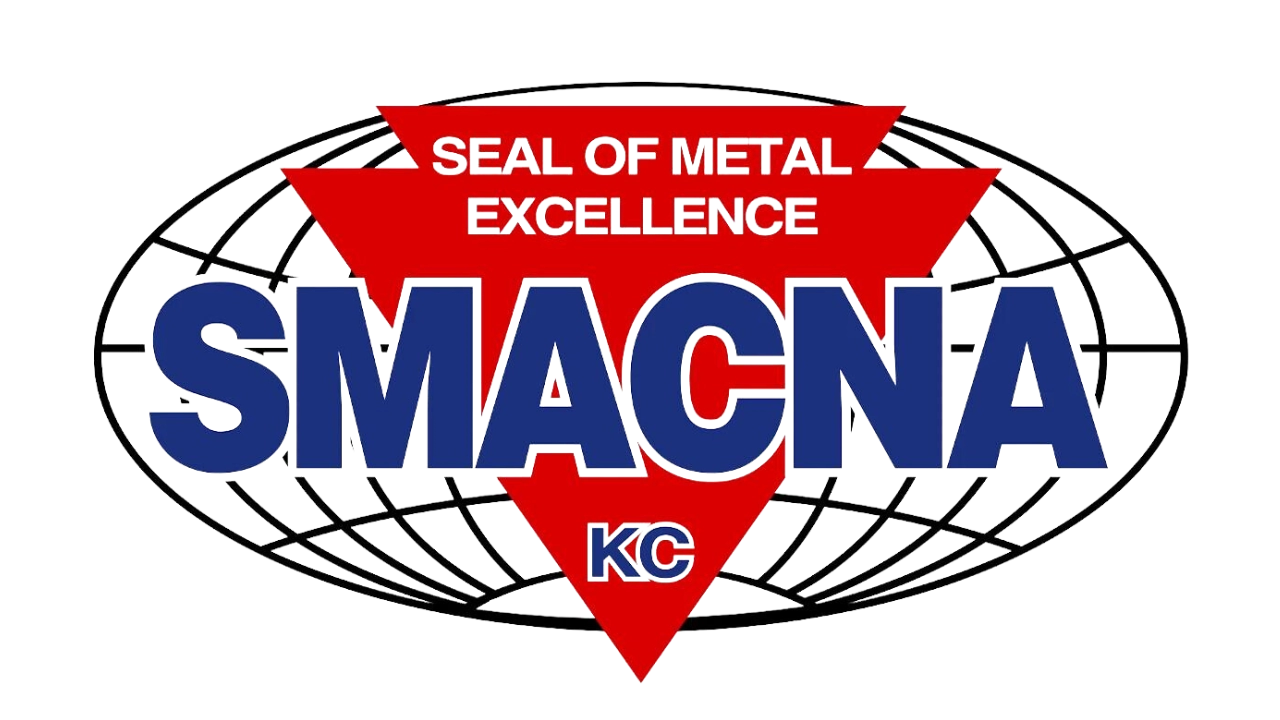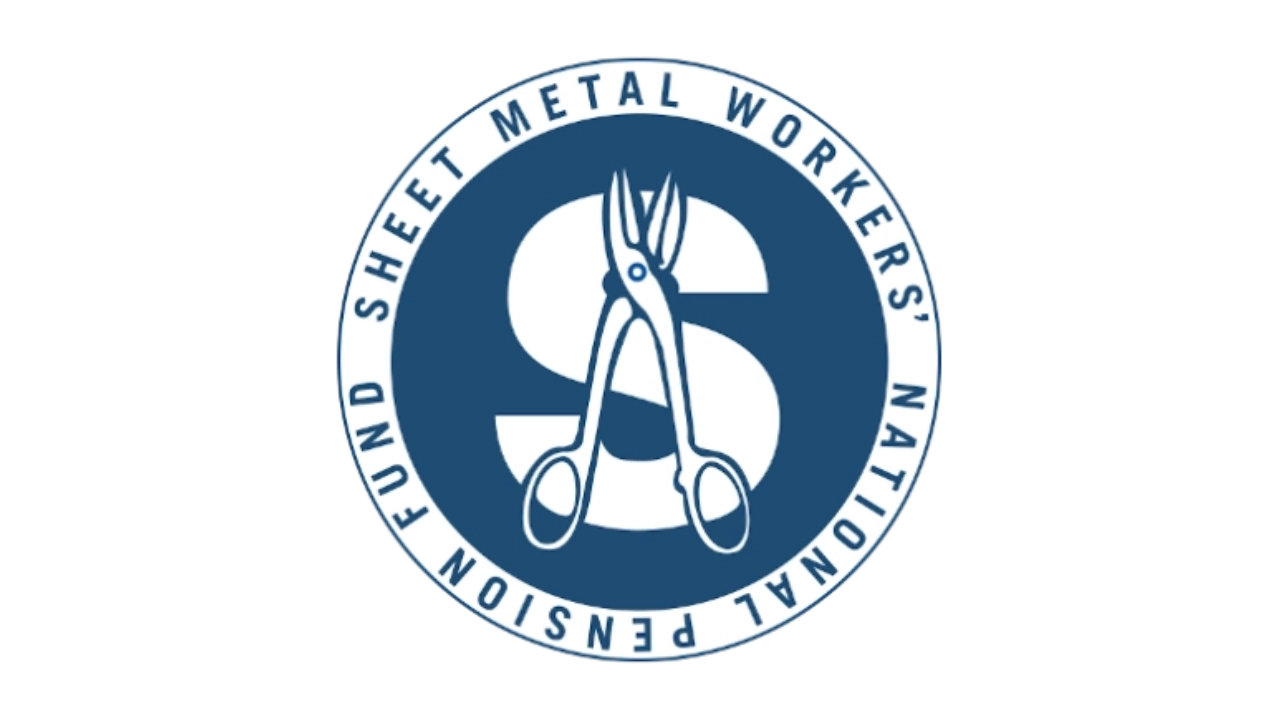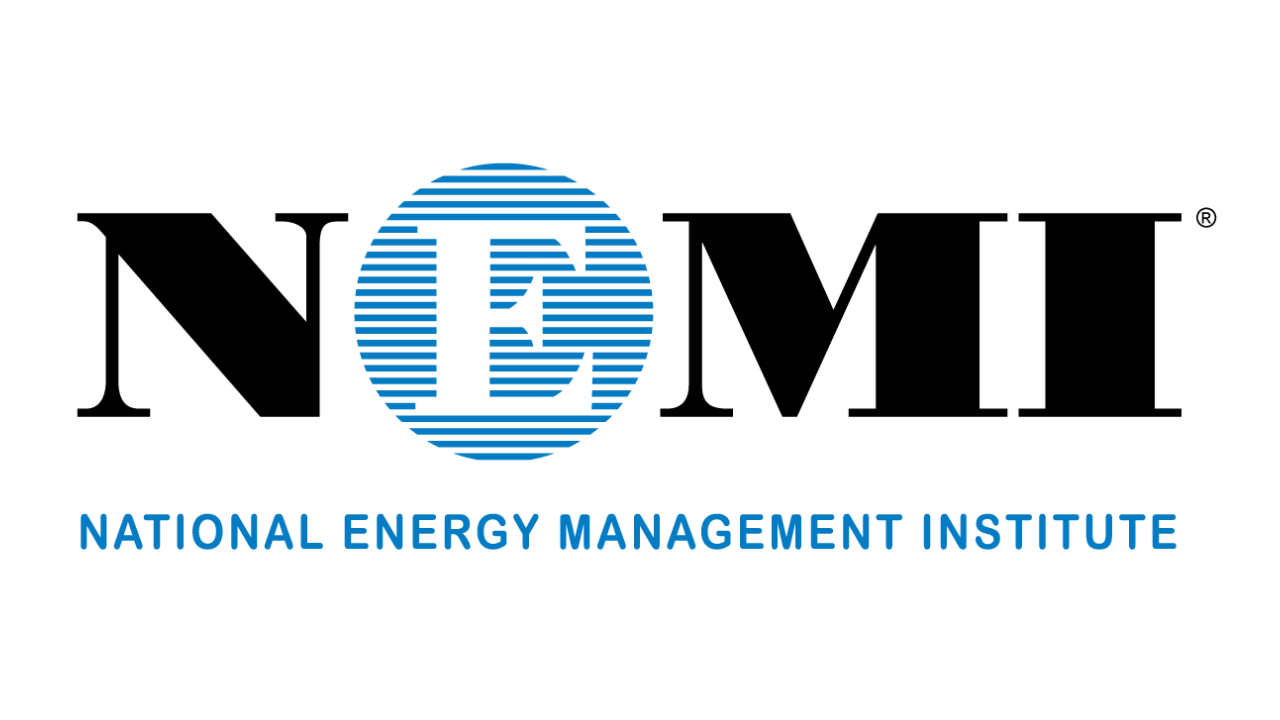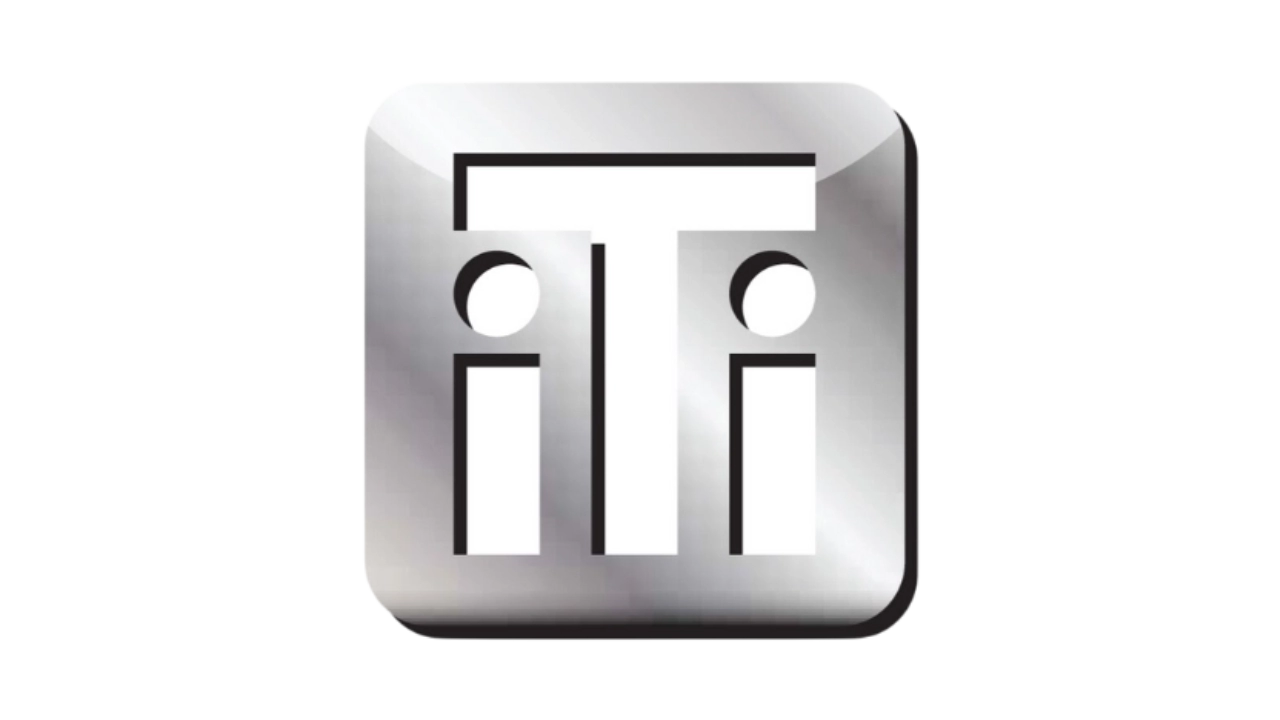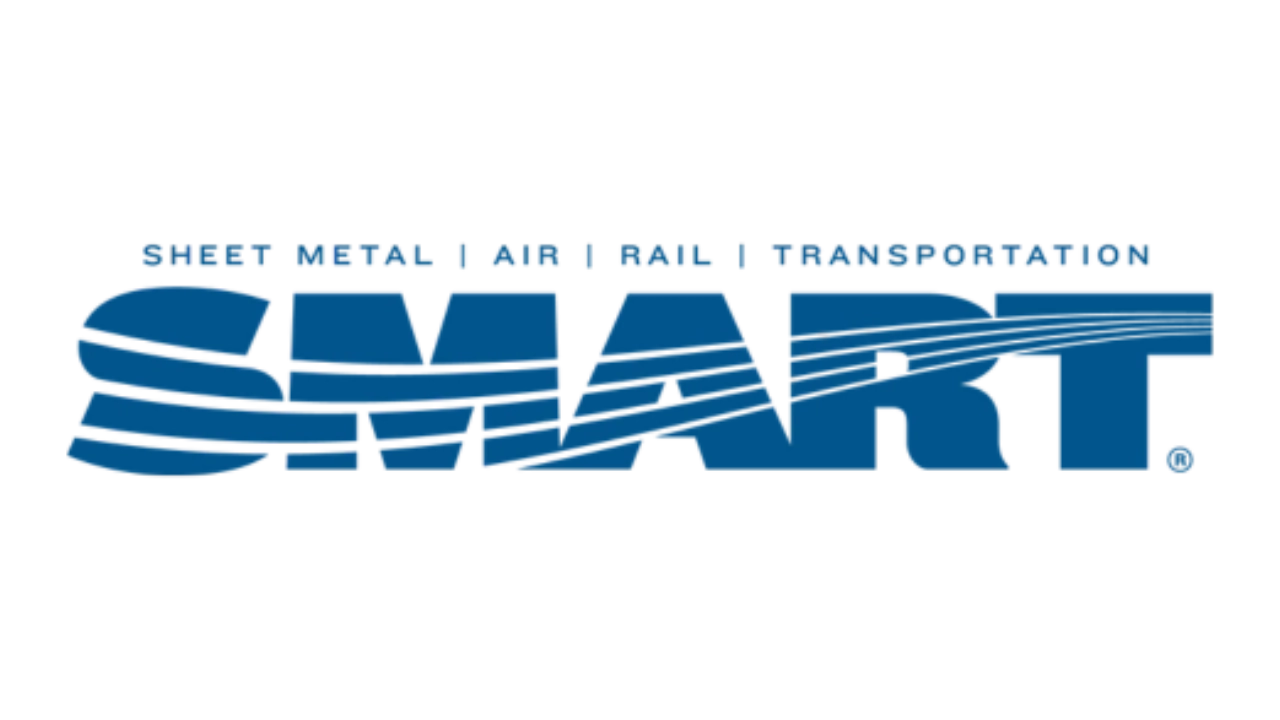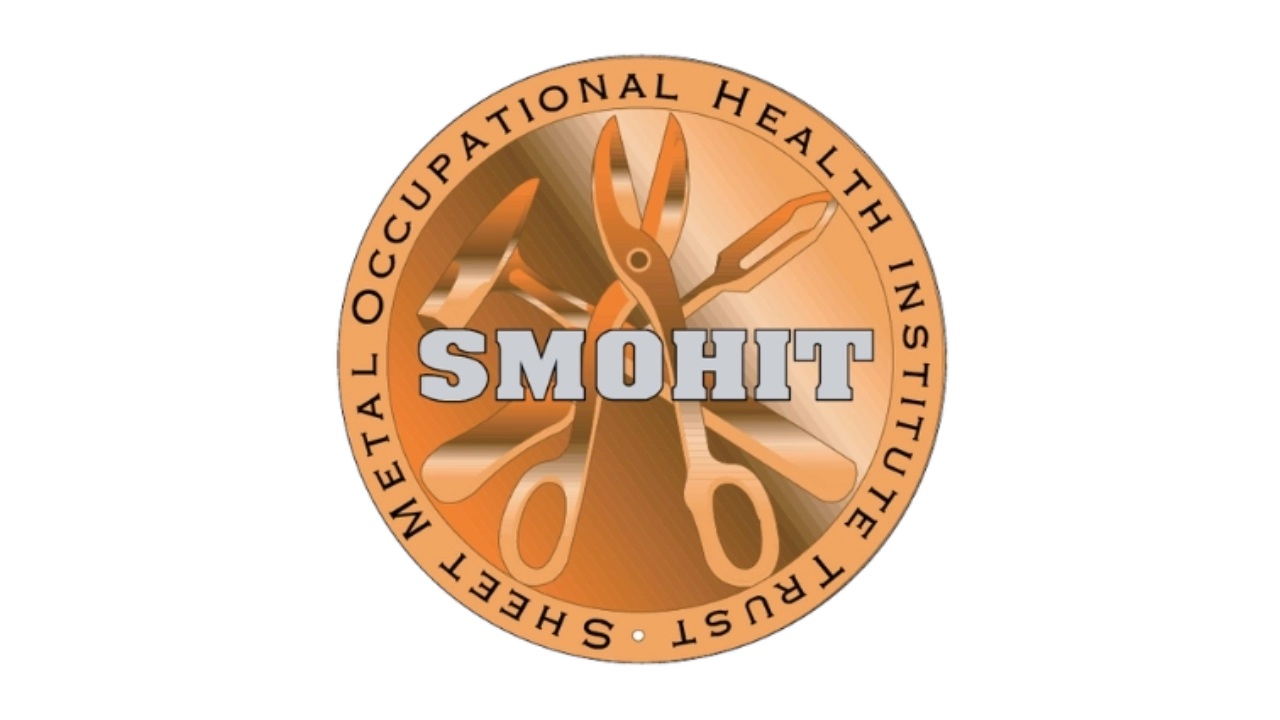Fire Life Safety
Necessary measures to keep workers safe!
Smart Union has been building and creating safe work environments since January 25, 1888.
Why FLS matters
During an emergency event like a fire, where harmful pollutants are introduced into the air, HVAC (heating, ventilation, and air conditioning) ductwork assumes a pivotal role. It operates as a conduit, swiftly dispersing smoke and toxins throughout a building, including offices situated far from the initial outbreak. Notably, many of these structures encompass vital institutions such as schools, hospitals, and eldercare facilities.
The solution to averting such dire scenarios lies in the integration of fire and smoke dampers within the HVAC system. These dampers serve as indispensable safeguards, acting as barriers to prevent the uncontrolled spread of smoke and toxins. They play a critical role in maintaining the integrity of fire life safety building systems.
However, it’s alarming to note that fire and smoke dampers exhibit a substantial average failure rate of approximately 47%. The majority of these failures remain undetected until it’s too late, potentially leading to catastrophic consequences. The good news is that most of these failures can be proactively addressed through diligent, hands-on inspections carried out by ICB-Certified HVAC Fire Life Safety professionals. These experts possess the knowledge and expertise needed to locate, repair, and prevent damper malfunctions, ultimately ensuring the safety of occupants and the protection of valuable assets within a structure.
Videos On Fire Life Safety
There are two videos by ICB (International Certification Board) that focus on the benefits of using ICB-certified technicians and supervisors for inspecting, testing, repairing, and maintaining smoke and fire dampers according to the International Fire Code. And the following two videos from Plumbing Mechanical Sheet Metal Contractors’ Alliance
and are of the new Fire Life Safety equipment at MATC (Milwaukee Area Technical College).
HVAC Fire Life Safety: Controlling Smoke
HVAC Fire Life Safety: Reducing the Risk
Fire Life Safety
Fire Life Safety Part 2
Take Advantage of Our Benefits
Professionals who enroll in HVAC Fire Life Safety courses and successfully pass a rigorous series of examinations attain the prestigious status of ICB-certified HVAC Fire and Smoke Damper (FSD) Technicians, Supervisors, or Contractors, as well as Smoke Control Systems (SCS) Technicians, Supervisors, or Contractors.
FSD professionals undergo comprehensive training to equip themselves with the expertise needed to meticulously inspect, rigorously test, and effectively maintain and repair fire and smoke dampers in strict accordance with the National Fire Protection Association Codes and Standards. Their specialized knowledge ensures the reliable functionality of these crucial safety components during emergency situations.
Read More...
Conversely, SCS professionals receive specialized training to adeptly inspect, test, and maintain fire life smoke control systems, including pressurization fans. A properly functioning fan plays a pivotal role in limiting the intrusion of smoke into stairwells and the wider building environment.
ICB-certified HVAC professionals are distinguished by their profound understanding of the intricate workings of fire and smoke dampers. They skillfully conduct inspections, rigorous testing, and necessary maintenance and repairs while adhering steadfastly to the National Fire Protection Association Codes and Standards. Furthermore, these experts remain at the forefront of technological advancements, ensuring that they provide meticulous documentation that encompasses every facet of inspection and functional testing procedures, including the identification and rectification of any deficiencies.
These proficient professionals also possess the necessary skills to assess, test, and maintain smoke control systems, particularly pressurization fans. The proper operation of these fans is critical in preventing the ingress of smoke into stairwells and adjacent building areas. An airflow exceeding the designated specifications can lead to stairwell over-pressurization, potentially impeding the opening of doors and jeopardizing the safety of occupants within a burning structure. Therefore, comprehensive inspection, testing, and fine-tuning, performed biannually as mandated by building codes, are imperative to ensure consistent and effective air pressurization at all times.
